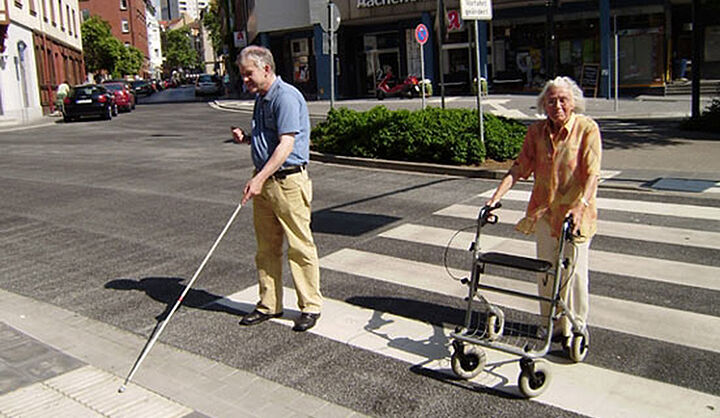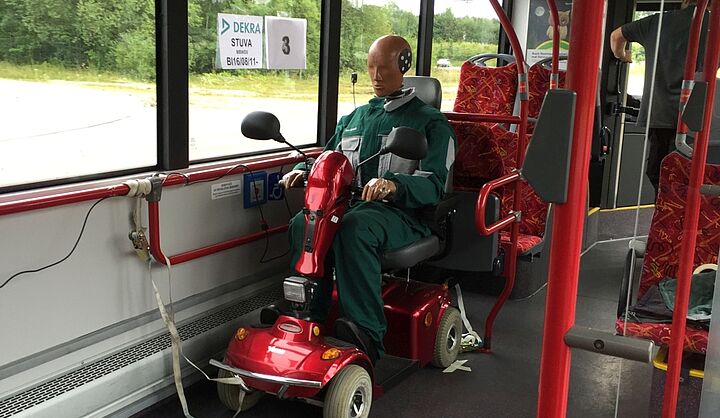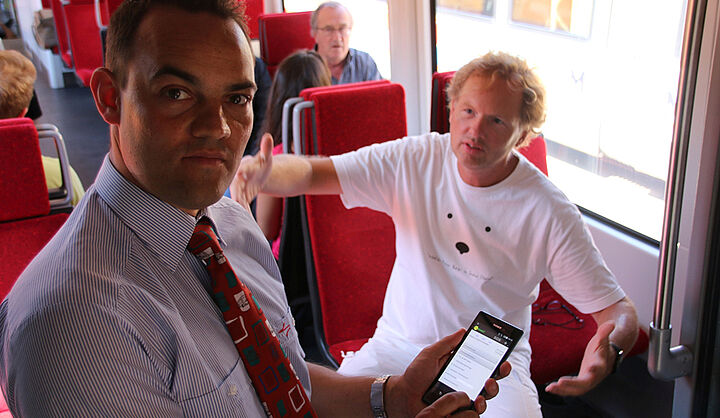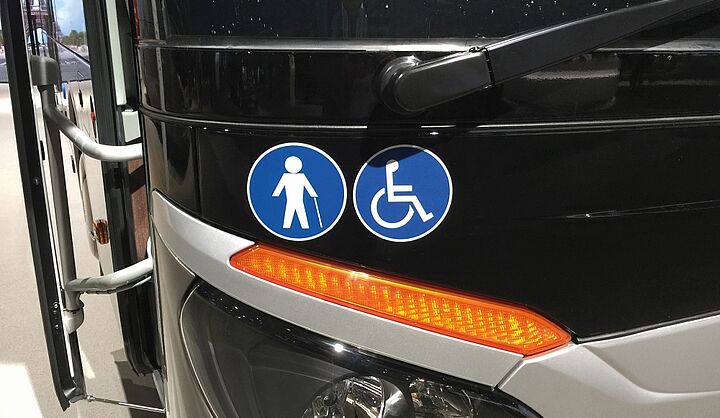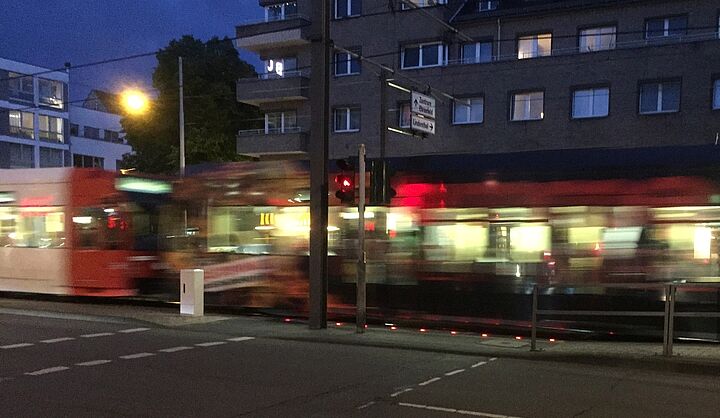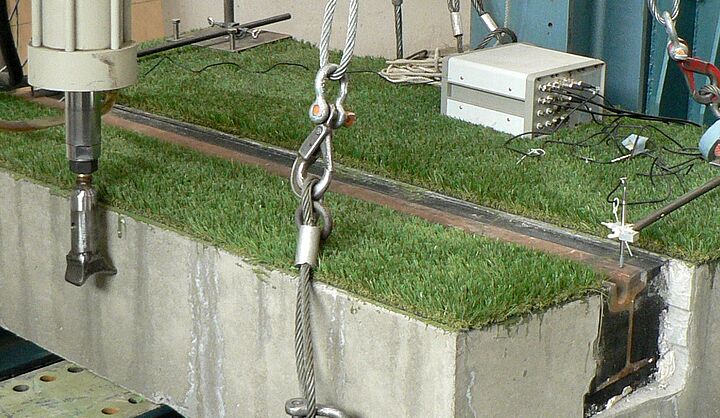Kerbs with uniform board height and ground indicators at crossing points
Safe crossing points for visually and mobility impaired people
At crossing points, there is a conflict of interest between people who use a white cane, wheelchair and wheeled walker users, in particular between tactility (for the cane users) and roll-over capacity (wheelchair and rollator) for both kerbs and floor indicators. For some years, it has been possible to build crossing points with a differentiated board height (zero lowering and 6 cm edge next to each other). However, this design can not always be implemented and construction effort and costs are higher than with a uniform board height. The research project FE 70.0500 / 2010 was therefore carried out with the aim of determining how a kerb at cross-over points should be designed with a uniform installation height in order to achieve a good compromise for the described conflict of objectives. In addition, it had to be clarified which structures for ground indicators are most suitable from the perspective of different groups of people with reduced mobility regarding tactility and resilience.
Almost 1,500 blind and visually impaired people were asked about their experience of mobility in the street. On the basis of this survey and a comprehensive, international literature search, an investigation then took place at the STUVA with the intensive involvement of people with rolling aids as well as blind and partially sighted people.Different kerb shapes and ground indicators were checked by objective measurements (exertion of force, shocks) as well as extensive walk-over inspections with more than 100 subjects. As a result, it was shown which board shapes and ground indicators should be preferred for installation at crossing points.
The test results confirmed a uniform installation height of 3 cm for the kerb as a still appropriate compromise, even if it is particularly difficult for wheelchair and rollator users on the one hand and blind and visually impaired people on the other hand. Basic and detailed recommendations for the formation of kerbs at uniform board height crossing points and structures of ground indicators for tactility with the pole and feet and roll over capacity were developed. These results were presented to the self-help associations in several workshops and discussed with them. The results for the kerbs were already taken into account in DIN 18040-3 Barrier-free building - Planning principles - Part 3: Public transport and open space (2014 edition). In addition, the project identified additional research needs for further improvement opportunities at crossing points.
Federal Ministry of Transport and Digital Infrastructure, represented by the Federal Highway Research Institute (BASt)
ISUP Engineering office for system consulting and planning GmbH, Dresden; Institute Traffic and Space of the University of Applied Sciences Erfurt
2012 to 2014
Germany
- Research & Development
